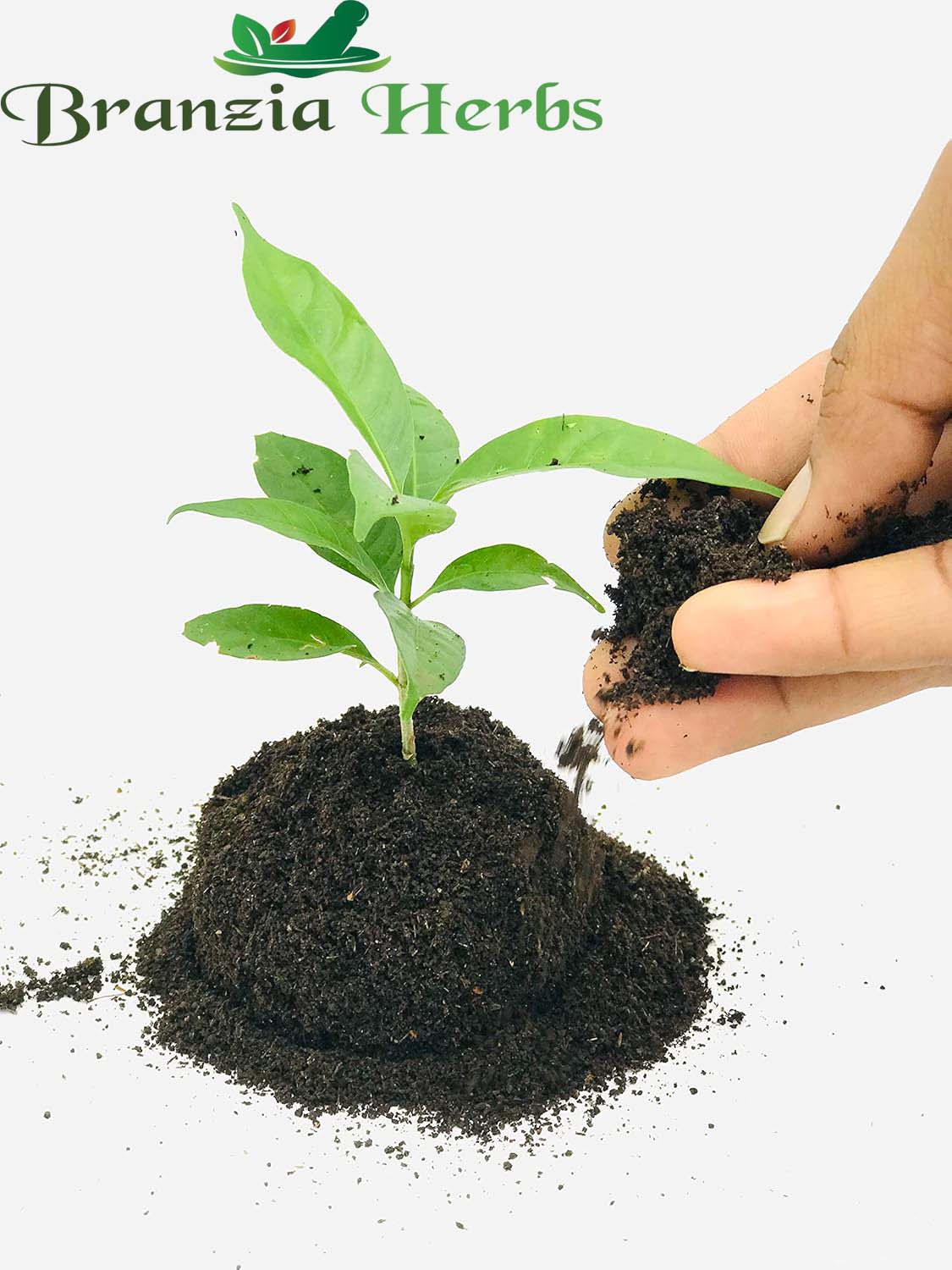Description:
-
Appearance: Aconitum heterophyllum is a perennial herb with tuberous roots. The plant has dark green, deeply lobed leaves and produces blue or purple flowers. The roots are the primary part used for medicinal purposes.
-
Flavor: The root is generally not used for its flavor but for its medicinal properties.
Uses:
-
Traditional Medicine: In Ayurveda, Atees Meetha is valued for its potential benefits in treating various ailments. It is used for its purported digestive, respiratory, and tonic effects.
-
Medicinal Forms: Typically used in powdered form, extracts, or as part of herbal formulations.
Benefits:
-
Digestive Health: It is used to improve digestion and alleviate digestive disorders such as indigestion and bloating.
-
Respiratory Health: May help in managing respiratory conditions like asthma and coughs.
-
General Tonic: Often used as a tonic to strengthen the body and support overall health.
Preparation:
-
In Medicine: The tuberous roots are dried, ground into a powder, or used to make tinctures and extracts. They are incorporated into various traditional Ayurvedic remedies.
-
In Supplements: Available in capsule or powdered form as part of dietary supplements.
Storage:
-
Dried Roots: Store in an airtight container in a cool, dry place to preserve their medicinal properties.
-
Powdered Form: Keep in a cool, dark place, following specific storage guidelines if available.
Caution:
-
Toxicity: Aconite plants, including Atees, can be toxic if used improperly. It’s important to use them under the guidance of a qualified healthcare provider to avoid potential adverse effects.
Consult with a healthcare provider before using Atees Meetha or any herbal remedy, especially if you have existing health conditions or are pregnant or breastfeeding.







